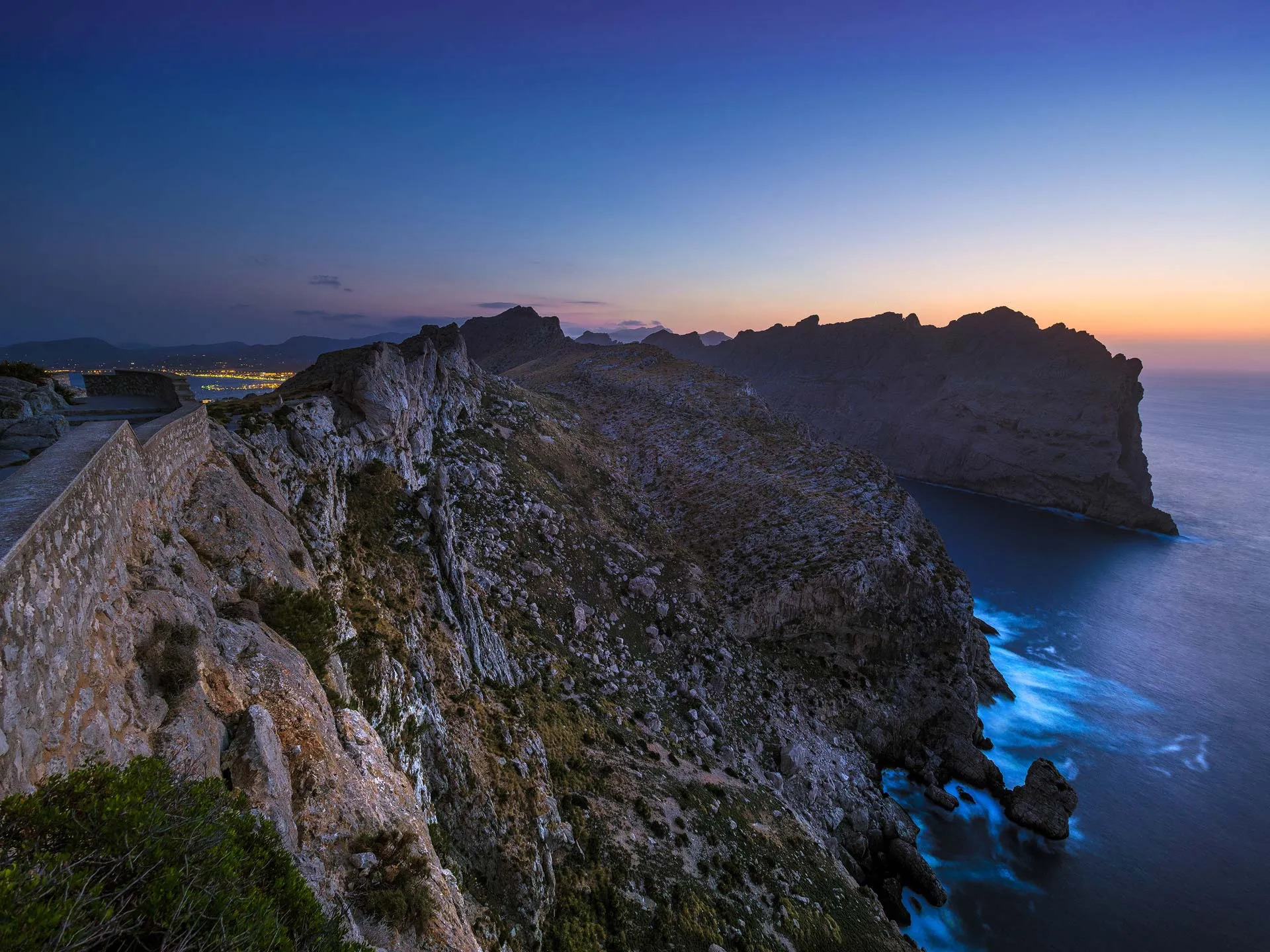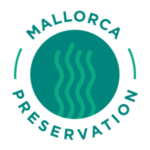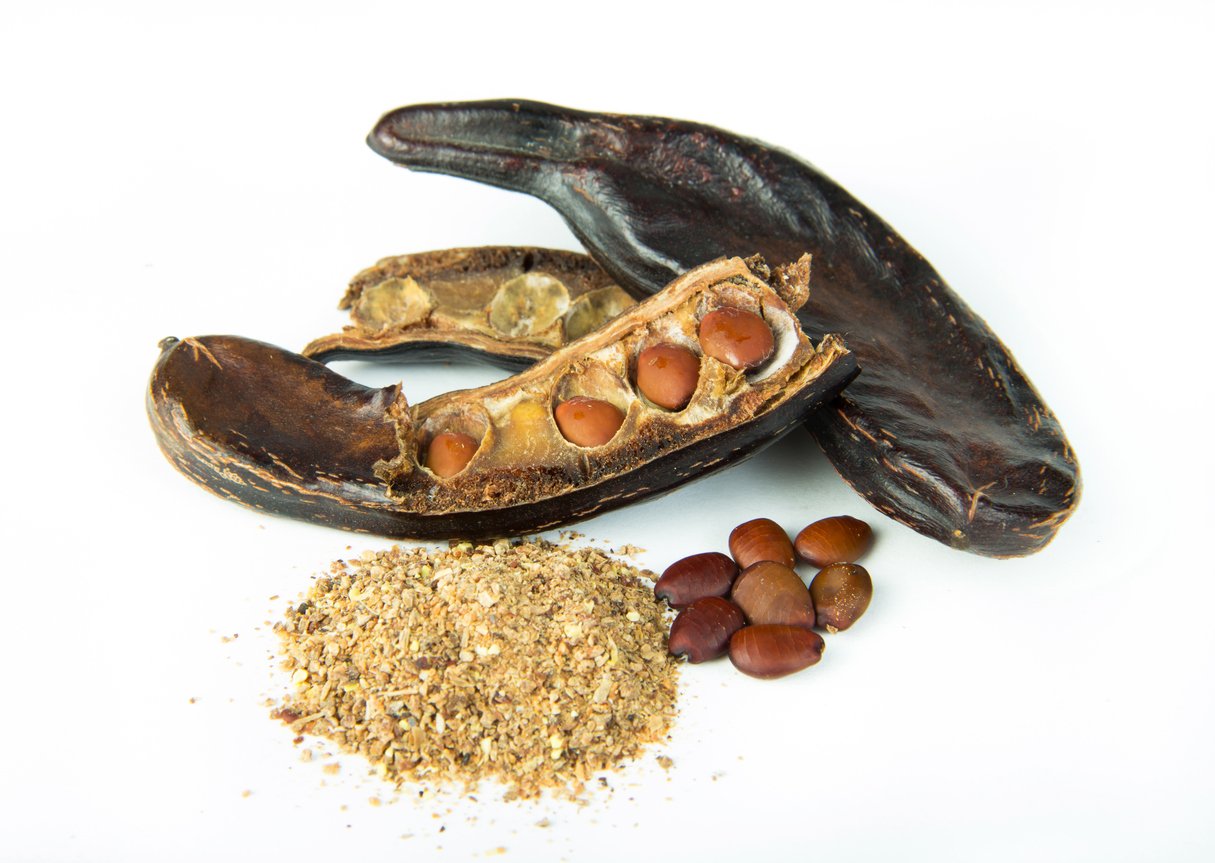
Projects
Ecological Agriculture
CAROB TREE PROJECT
The carob (Ceratonia siliqua) is an evergreen tree native to the Mediterranean and Middle East. It grows up to 15 metres tall and holds a large crown, supported by a thick trunk and strong branches. Also known as “St. John’s Tree”, it is said that John the Baptist fed himself on the carob bean alone.
The carob tree fruit is in fact a legume and it has a variety of uses. The weight of the carob seed is incredibly consistent, and it was used in the olden days in order to weigh gems and jewels. The Arabs adopted this unit of weight in their word “quirat” which is the root today’s word “karat”. This interesting etymology of the word carob and its link to the term karat gives us a hint of the historic value of this majestic Mediterranean tree.
Almost completely abandoned to serve only for animal food, the carob has recently been rediscovered and its exceptional nutritional content have elevated to a super food category. Carob contains vitamins A, B, B2, B3 and D and it contains three times more calcium than milk.
Carob is an excellent alternative to cocoa. In fact, it holds twice the amount of calcium, does not cause the migraine that some people suffer from consuming cocoa and it is free caffeine and fat. With a powerful load of fibre and minerals, carob can help to reduce cholesterol, become a healthy substitute for chocolate in diets and even help reduce the risk of heart disease thanks to its content in polyphenols, antioxidants that help reduce high cholesterol.
The carob tree proves a formidable water retention quality and does not require any kind of irrigation. This fact drives the functionality of locust bean gum, also known as carob gum, which is a powerful natural thickener widely used in package foods and many possible applications in cooking and food manufacturing. Its body, creamy texture and neutral taste and odor make it possible to be used in the production of ice cream, dairy desserts, jellies, pet food and it can be highly purified to be applied to baby food.
The carob is an organic product and completely vegan.
In collaboration with APAEMA – Association for the Ecological Farming Production of Mallorca, the Mallorca Preservation Foundation is funding the regeneration of 2000 non-productive carob trees in Mallorca.
Carob tree Project Timeline.
- 2020 spring-summer: trim the trees in order to obtain new grafts in autumn, prepare some of the trees to be grafted and graft the first trees with material donated by the Associació de Varietats Locals de Mallorca and the farm Es Garrover de Mallorca.
- 2020 autumn: obtain the grafts from the trimmed trees and graft more trees
- 2021 Spring-summer: graft more trees.
- 2021 autumn: graft more trees.
- 2022 spring-summer: graft the last trees and make the project report.
Case study: Es Garrover de Mallorca
After 19 years in banking Juana Verger decided that is was time for a change in life. Juana turned towards the family roots, with three generations dedicated to growing carob Llucmajor in the south of Mallorca and gave the family business a new and revitalized impulse. Driven by the passion of creating a sustainable and collaborative project, Es Garrover de Mallorca elaborates a wide range of carob products under the brand Johannis. The passion dedicated in returning that superb qualities of carob to human consumption is a wonderful example of how talent can return to agriculture and return lost treasures of our ecosystem into our diets and health.
Esta web utiliza cookies para analítica digital, mejorar su experiencia de usuario y personalización de publicidad. Puede consultar nuestra política de cookies aquí.

